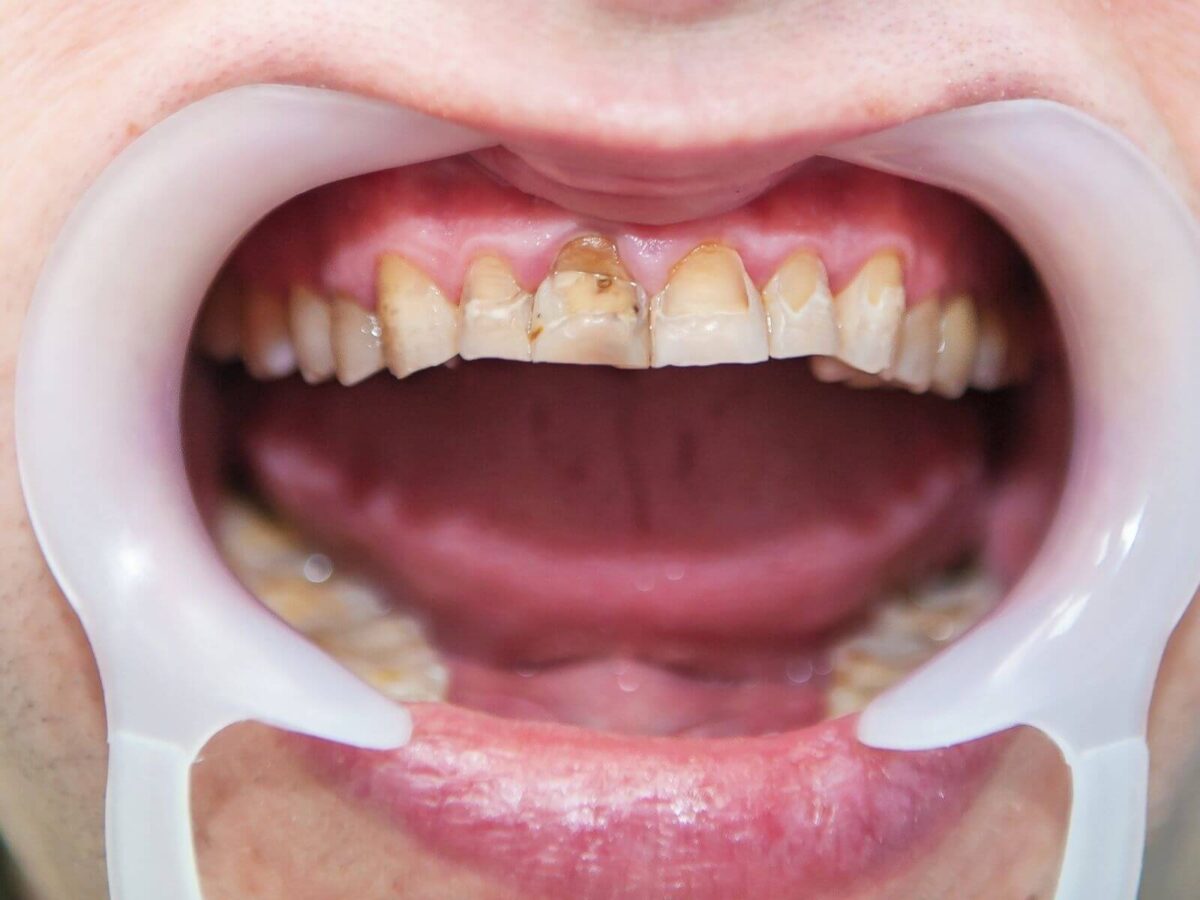Blog
Dental hygiene tips for healthy teeth & gums

Fluorosis: What It Is, Causes & Treatment
Tooth enamel develops fluorosis when people do not consume fluoride at safe levels, although fluoride benefits teeth. The development stage of teeth during early childhood remains especially sensitive. To decrease the associated risks, you must discover all fluoride sources leading to excess consumption. This article shows how to identify and manage orthodontic defects and influenza fluoride’s protective potential against tooth decay.
What Is Dental Fluorosis?
Excessive fluoride exposure during their enamel development is what causes fluorosis in children. Changes in enamel structure emerge as the teeth develop light white marks or become severe brown spots. High fluoride concentrations in drinking water make dental fluorosis the most prevalent condition.
The condition of fluorosis appears harmless yet causes discolorations to teeth that lead to social discomfort for people. Most instances of fluorosis present in moderate stages because they escape recognition from the general public. Teeth surface damage becomes very noticeable when the condition progresses from mild to severe.
The medical community classifies fluorosis as harmless and solely masking an appearance issue. The enamel becomes unworkable as a protection mechanism when fluorosis develops into severe pores since it compromises its ability to guard against cavities and harmful influences. The bacterial attacks become more heavy as the dentin becomes open to exposure.
Dental Fluorosis Causes
The formation period of teeth determines the primary factors that cause dental Fluorosis, which results from consuming too much fluoride. The elemental fluoride appears in multiple components, such as drinking water and toothpaste, mouth rinses, and food supplements. The healing effect of fluoride in decreasing tooth decay goes beyond its recommended levels, which produces Fluorosis. Some common causes include:
Areas with elevated fluoride concentration in their drinking water products become hazardous for children’s dental health because they lead to Fluorosis.
Young children who swallow fluoridated toothpaste or mouth rinses through unintended swallowing will face a higher chance of fluoride overconsumption due to their excessive use of these dental products.
Excess fluoride supplements can harm people who already get fluoridated water in their usual drinking supply. Fluoride enters the body when someone consumes food or drinks with fluoridated water.
Symptoms of Fluorosis
- Monitoring your daily fluoride intake helps prevent fluorosis better than any other strategy. Drinking water tests should focus on fluoride amounts that exceed recommended safe limits because fluoride naturally exists in water sources.
- Many teeth across the mouth show coloring problems because of the issue.
- The enamel gains more spaces between its particles, creating damage risk.
- Spotting these signs early will improve how well you treat this condition.
People ask whether dental fluorosis appears in multiple forms. Let’s break it down.
Types of Dental Fluorosis
The extent of tooth discoloration classifies dental fluorosis. To treat each condition effectively, you must match the dental treatment to the extent to which your teeth have been affected.
- Questionable Fluorosis: The teeth’s enamel develops faint white marks similar to normal enamel changes.
- Very Mild Fluorosis: It appears as small transparent areas on less than 25% of the tooth, which look like thin, faint lines.
- Mild fluorosis: It creates white stain areas beneath 50 percent of each tooth surface that can be detected but does not affect appearance significantly
- Moderate Fluorosis: When fluorosis develops to the moderate stage, it turns teeth yellow or light brown, making minor surface flaws more visible.
- Severe Fluorosis: The most extreme Fluorosis causes dark brown marks on teeth with surface pits, weakening appearance and structure.
Dental Fluorosis Treatment Options
The appearance issues from dental Fluorosis bother patients more than any health impact does.
Different dental treatments exist to enhance the appearance of teeth damaged by Fluorosis conditions.
- Teeth Whitening: Dental experts use teeth whitening methods to make mildly fluorosed teeth look lighter through stain removal. This remedy is not efficient enough for treating advanced Fluorosis conditions.
- Microabrasion: By removing surface enamel through microabrasion, teeth stains appear lighter. This remedy addresses both mild and moderate Fluorosis cases sufficiently well.
Binding: Your dentist uses a tooth-colored dental resin to mask tooth stains and beautify the front surface. - Veneers: Dental professionals make porcelain and composite veneers that match the front teeth and cover their surface. They match natural teeth efficiently and shield damaged areas resulting from Fluorosis. Veneers work best for patients who have mild to extreme staining.
- Dental Crown: When tooth enamel becomes too weak in severe situations, dental crowns replace the damaged teeth and bring them back to full operation.
- Enamel Microreconstruction: The advanced Procedure fills in lost enamel minerals to restore the tooth’s regular texture and external look when the damage is minor.
- Composite Restorations: Experts place aesthetic fillings from composite materials in dentin pits while using them to fix tooth color to create stronger teeth and better smiles.
Preventing Dental Fluorosis
Taking action early stops dental Fluorosis from developing. Parents and caregivers need to follow specific actions to reduce their children’s chance of getting this dental condition.
Supervise children as they brush their teeth with only a pea-sized dot of fluoride toothpaste, then show them to spit out the paste after brushing.
Monitor water supply fluoride levels for your area. In high-fluoride regions, obtain a water filter that helps prevent fluoride overconsumption.
Discuss fluorosis intake options with your dentist or pediatrician before giving children fluoride supplements if they get enough fluoride elsewhere.
Motivate your child to practice dental care and schedule their dental appointments to find problems early.
Conclusion
Fluorosis produces visible problems in teeth when too much fluoride builds up during childhood tooth development. Studying dental fluorosis basics lets us control and stop this dental condition. Dental Fluorosis does not harm oral health; appropriate cosmetic treatments help patients look and feel better when smiling. Pay attention to fluoride use daily and continue dental checkups to keep your teeth healthy. Contact us at Elgin Dental to access our advanced dental services, including treatment of dental fluorosis. Schedule your consultation today.


